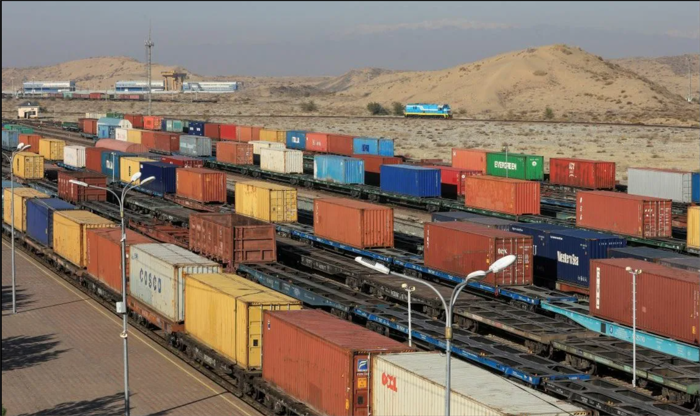KTZ scores positive volume results
KTZ’s container transportation via its subsidiary KTZ Express has increased by 2,6 times year-on-year for the first half of 2023. The overall transportation amounted to 346.000 TEU. Cargo flows linked to China have contributed much to the growth.
According to KTZ, the growing volume is the result of three major transit routes development, namely China-Russia-China, China-Central Asia-China, and China-Belarus-China. Currently, only the Belarus route could link the EU countries directly, though this direct EU connection is rather insignificant.
This is not the case for the other two routes. China-Russia volumes are still growing; however, a possible downturn is on the horizon in the coming season. The China-Central Asia volumes, on the other hand, are showcasing the promising potential of the Middle Corridor with quite a few developments from Kazakhstan’s side.
Kazakhstan in Middle Corridor
On the west side of the Middle Corridor, Kazakhstan has formed a joint venture with Georgia to construct a new multimodal terminal in the port of Poti. The terminal could create a yearly potential maximum capacity of 450,000 TEU. On the side of the Caspian Sea, AD Ports Group from UAE has recently shown their interest in building a grain terminal at Kuryk Port with Kazakhstan infrastructure investment company, Semurg. Further to the east, KTZ is currently constructing its first terminal in Xi’an, China. The terminal is designed to serve mostly for product exporting from Kazakhstan to China. None of them has been finalised, but they could make this the Middle Corridor blueprint a bit more promising.

